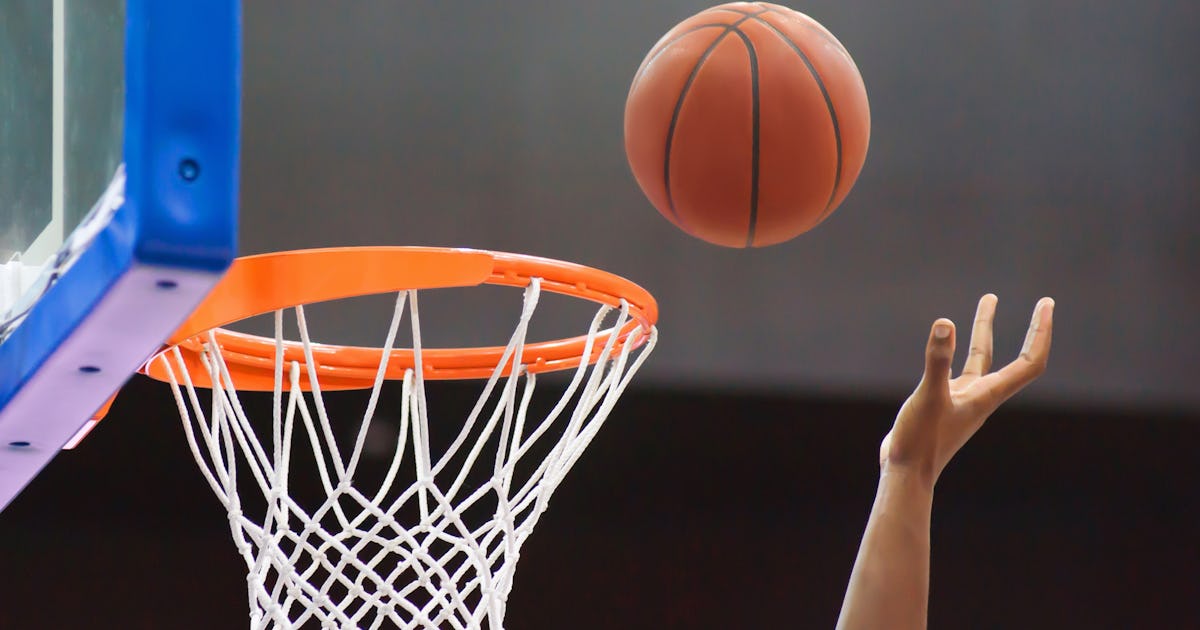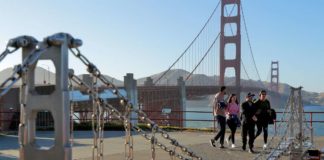
Today marks a major intersection of science and the fight for social justice. Today, in 1973, the American Psychological Association took the important step of reversing themselves by officially declaring that homosexuality was not a mental disorder.
Homosexuality never was a mental disorder, of course, despite historic views to the contrary. Before the late 20th century, mainstream views of homosexuality ranged from a run-of-the-mill sin to something more sinister and abnormal. While the APA told the press at the time that it was not giving in to pressure from activists and refrained from calling homosexuality “normal,” it also strongly urged the “repeal of all legislation making criminal offense of sexual acts performed by consenting adults in private.”
A major shift in thinking in the APA membership came from meeting actual gay people. In 1972, gay activists Frank Kameny and Barbara Gittings made removing the diagnosis a main priority. They sought out a gay psychiatrist to speak at the APA’s annual meeting but struggled to find one who would speak openly. Eventually, a therapist who worked at Temple University, John Fryer, agreed to speak. But coming out meant risking his job, so Fryer decided to wear a novelty mask and appear at the conference as “Dr. Henry Anonymous.”
Fryer had reason to be afraid — he had already been fired for merely appearing flamboyant in the workplace. Starting his speech by saying, “I am a homosexual. I am a psychiatrist,” Fryer spoke to an audience including the superior who had fired him about the challenges facing gay psychiatrists.
The APA’s decision is now recognized as the beginning of the end of organized medicine’s official participation in the social stigmatization of homosexuality. It would take until 1990 for the World Health Organization to remove homosexuality from its list of International Classification of Diseases.
As the year ends, we’re expanding our question of the week to the rest of December. In one sentence, what’s your prediction for 2021? Shoot us an email at newsletter@inverse.com and we’ll be publishing our favorites at the beginning of the new year.
This is an adapted version of the Inverse Daily newsletter for December 15, 2020. Subscribe for free and earn rewards for reading every day in your inbox.
Sleep tight— How virtual reality can unlock an elusive dream state
On a nightly basis, we surrender to the whim of our minds as they weave fantastical (and sometimes terrifying) dreams for us. Yet, despite logically knowing that ice cream cones are not self-multiplying, we often don’t realize the falseness of these dreamscapes until after we’ve left them.
But what if you could recognize — and take control of — these dreams while still asleep? That’s the concept behind lucid dreaming, a rare occurrence when dreamers realize they’re in a dream and take back the reins.
In a new study, sleep researchers found an unexpected connection between virtual reality — specifically the ill-effects of too much time spent in VR — and lucid dreaming, suggesting virtual reality may be able to train the brain to dream in a totally different way.
Can VR help you start lucid dreaming? →
More like this:
Starstruck — 11 New Hubble images reveal the cosmos in stunning detail
NASA’s Hubble Telescope was launched into low-Earth orbit in the year 1990, and it remains one of the largest and most versatile space telescopes in operation. The telescope is due for a long-awaited retirement. It was initially meant to go offline this year, but the date was pushed to the year 2025.
Instead of retiring, NASA is celebrating Hubble. After 30 years scouring the cosmos, NASA released newly processed Hubble images captured by the space telescope, featuring 30 celestial objects like stars, galaxies, and nebulae in stunning detail. Inverse picked 11of these images for your cosmic viewing pleasure…
An icon of space strikes again →
More like this:
Long strange trip — When plastic takes a 1700-mile journey, a study shows how it harms humans
Plastic trash often goes on a long, winding road once humans have disposed of it. Considering that 35.7 million tons of plastic waste were generated in 2018 by the United States alone, it’s worth understanding what exactly happens to bags, snack wrappers, and plastic bottles once people are done with them. A new study examined how plastic bottles can travel through rivers, and the result was astonishing.
Moving through the Ganges River in India, a plastic bottle river tagged with a tracking device traveled 1,767 miles (2,845 kilometers). To put that in context, it’s roughly the length of the trip between New York City and Denver, Colorado.
More like this:
Coming soon …
One thing you can expect in the 2020s will be a much-needed breaking of the lunar glass ceiling. NASA, as well as other space organizations, has made it a priority to land the first woman on the surface of the Moon. NASA recently announced nine finalists for the position. But that’s the thing about being first — there can only be one. Coming soon on Inverse, a look at the nine women with a chance to make history for all of humanity.
Big change — New analysis rewrites the story of this ancient civilization’s demise
Whether it’s the sacking of Babylon or the fall of the Roman empire, we often assume the downfall of ancient civilizations comes down to one thing: war.
Historians had assumed the same about another ancient civilization, located in the Otrar oasis in Central Asia. The prevailing history assumed Mongol invaders in the early 13th century led to the demise of this civilization, which once thrived in the lands surrounding the Aral Sea.
But new research published Monday in the Proceedings of the National Academy of Sciences presents a shock alternative ending: Instead of foreign invaders, Mother Nature may have dealt the death blow to this ancient civilization.
How can climate change affect a civilization? →
More like this:
Game on — What the NBA bubble taught scientists about jet lag
To save sports and avoid a coronavirus catastrophe, the NBA paused play in mid-March as the pandemic worsened. But in July 2020, the league rebooted. This time not in stadiums around the country, but in a meticulously designed “bubble” at Disney World.
The NBA bubble included a laundry list of precautions: extensive quarantines, testing and tracing protocols, smart rings and proximity trackers, social distancing and mask-wearing, and limited outside contact. The effort was worth it. The NBA finished its season without a single player, coach, or staff member testing positive for Covid-19.
This controlled environment limited Covid-19’s spread. It also gave scientists the opportunity to pinpoint the factors shaping a team’s wins or losses.
More like this:
And that’s it for the Daily! If you want more, make sure to check out our recommendation for the best kung fu movie leaving streaming.
Thank you for reading! Follow me on Twitter if you want, where I tweet too much.








